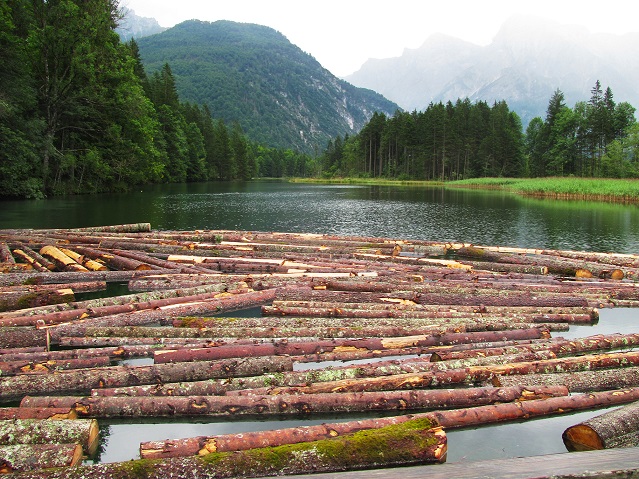-
About
- Our Work
- Get Involved
- Stay Updated
Transforming lives through Agroforestry
 Agroforestry is a worthwhile land-use option which provides conspicuous roles in preserving biodiversity, mitigating climate change, transforming landscapes and achieving sustainable forestry and agriculture. Besides, agroforestry is a ‘panaceae’ to accelerate these three pillars of sustainable development, as well as to transform lives, particularly young rural farmers’ livelihoods.
Agroforestry is a worthwhile land-use option which provides conspicuous roles in preserving biodiversity, mitigating climate change, transforming landscapes and achieving sustainable forestry and agriculture. Besides, agroforestry is a ‘panaceae’ to accelerate these three pillars of sustainable development, as well as to transform lives, particularly young rural farmers’ livelihoods.How does agroforestry transform smallholders’ lives?
The World Agroforestry Centre (ICRAF) conducts agroforestry research on how trees can address poverty and environmental problems. Economically, agroforestry can provide a tune of advantages in producing wood products (e.g. fuelwood, wood, poles and piles) and NTFPs (e.g. food, fodder, mulch, fibres, medicines) as well as services (e.g. soil fertility, biodiversity enhancement, carbon reservoir, ecotourism).
Moreover, it can improve smallholder farmers’ livelihoods due to the capacity of its various forms to offer multiple alternatives and opportunities to enhance smallholders’ farm production and income. Likewise, Indonesian farmers have developed local agroforestry enterprises in which these farmers produce both timber and non-timber products.
Young farmers can gain income by selling out products and services, however, most of these are used to meet farmers’ needs as subsistence peasants. Therefore, it can be concluded that products and services are an integral part of the household subsistence needs. As a lives’ transformer, agroforestry must be attributed by with productivity, sustainability and adoptability.
What are the kinds of agroforestry’ roles as lives’ transformers?
The most implemented kinds of agroforestry in the world are the tropical ones -agrosilvicultural, silvopastoral, silvofishery and agrosilvopastoral-, as they are imperative, applicable, beneficial and innovative systems evolved from the origin system: agroforestry.
Agrosilvicultural is an agricultural system associated with silviculture technique -art and method to manage forest from planting to harvesting-. Silvopastoral and silvofishery constitute two forestry systems in association with farming and fishery, respectively. Another system is agrosilvopastoral which comprises agriculture, forestry and poultry. In Indonesia, young rural farmers have adopted these systems above in homesteads, fields, fishponds and home gardens.
Apparently, most of the experts remain divided when choosing if agroforestry should emphasize more agriculture or forestry. Still, there is no doubt that it represents a promising career path for young professionals to transform smallholders' lives.
Picture credit: Floating timber 3, by Michaela Kobyakov.
About the author
Related Posts
Comments
No comments made yet. Be the first to submit a commentBy accepting you will be accessing a service provided by a third-party external to https://archive.ypard.net/
Get in touch
Email: [email protected]
YPARD Global Coordination UnitHosted by AGRIDEA and the Czech University of Life Sciences Prague
Lausanne, Switzerland and Prague, Czech Republic - Our Work

